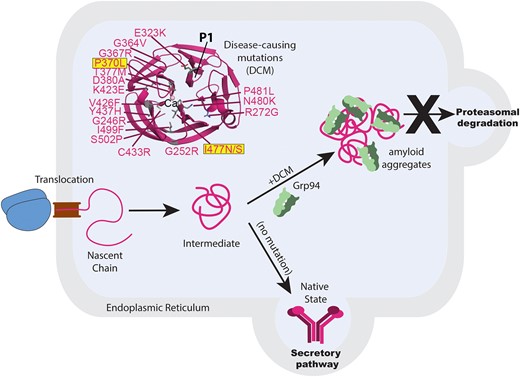2025-02-20 ロックフェラー大学
<関連情報>
- https://www.rockefeller.edu/news/37396-how-solving-a-hepatitis-b-paradox-opened-the-door-to-new-therapies/
- https://www.cell.com/cell/abstract/S0092-8674(25)00102-3
型肝炎ウイルスの感染を促進するヌクレオソームスイッチ A nucleosome switch primes hepatitis B virus infection
Nicholas A. Prescott∙ Tracy Biaco∙ Andrés Mansisidor∙ … ∙ Viviana I. Risca∙ Robert E. Schwartz∙ Yael David
Cell Published:February 20, 2025
DOI:https://doi.org/10.1016/j.cell.2025.01.033
Graphical abstract
Highlights
- Reconstitution of cccDNA chromatin enables biochemical and biophysical interrogation
- Chromatinization of cccDNA promotes transcription of the critical HBV X gene
- The nucleosome-destabilizing drug CBL137 disrupts chromatin organization of the X gene
- CBL137 treatment effectively inhibits HBV infection in primary human hepatocytes
Summary
Chronic hepatitis B virus (HBV) infection is an incurable pathogen responsible for causing liver disease and hepatocellular carcinoma. During the genesis of infection, HBV establishes an independent minichromosome consisting of the viral covalently closed circular DNA (cccDNA) genome and host histones. The viral X gene must be expressed immediately upon infection to induce degradation of the host silencing factor, the Smc5/6 complex. However, the relationship between cccDNA chromatinization and X gene transcription remains poorly understood. By establishing a reconstituted viral minichromosome platform, we found that nucleosome occupancy in cccDNA regulates X transcription. We corroborated these findings in situ and further showed that the chromatin-destabilizing molecule CBL137 inhibits full-length X transcription and HBV infection in primary human hepatocytes. Our results shed light on a long-standing paradox and represent a potential therapeutic approach for the treatment of chronic HBV infection.



